-
![LANG-CODE-KEY]() LANG_NAME_KEY
LANG_NAME_KEY
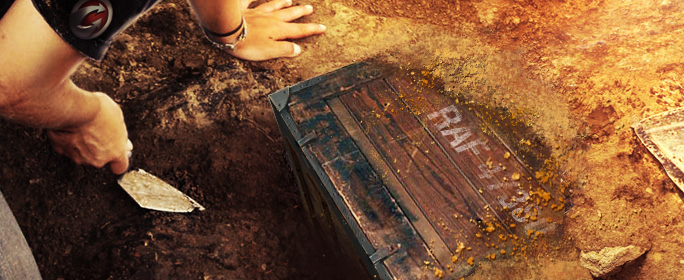
On Bogyoke Aung San Road, just past the Scott Market, stands a graceful Anglican Cathedral built of white stone and red brick, with a soaring white bell tower and spire. Designed by architect Robert Chilsom, the Cathedral was built in 1886 and largely completed in 1894. The bell tower was finished in 1913. The Holy Trinity church is an architectural gem, with white marble floors, soaring columns separating the nave from the arcades, rows of polished wooden pews lining the centre aisle, side chapels in both of the transepts, and a beautiful rose stained glass window above the west entrance. The church survived the bombing raids in Yangon during WW2, but suffered the indignity of being transformed into a brewery (for sake) by the Japanese during the occupation. After the war, the church was restored and a chapel created in the north transept, dedicated to the British / Indian 14th and 12th armies which had fought in the Burma Campaign. The Chapel walls are covered with the regimental plaques of British and Indian regiments that fought against the Japanese. Among them are the Royal Lincolnshire Regiment (David’s home), the Lancashire Fusiliers, King George’s Own 19th Lancers, 4th Prince of Wales Own Gurkha Rifles, The Royal Scots Fusiliers, The Punjab Regiment, The Madras Regiment, the Somerset Light Infantry, and dozens of others, including Squadron 273, which flew Spitfires at Mingaladon. We visited the cathedral on July 3rd and again on July 5th, as we were keen to film in the chapel. The Vicar, the very Reverend Reginald Bennett, was extremely gracious. He welcomed us into his church and gave us permission to film in the afternoons, after morning masses.

On top of the lectern adjacent to the chapel altar, lovingly preserved under glass, is a large leather-bound book whose pages record in beautiful calligraphy the names of thousands of British, Australian, and other Commonwealth troops who fought and died in the Burmese Campaign from 1942-1945. Most were in their late teens or early twenties. There are dozens of names on every page, and hundreds of pages. Nothing brings home the reality of the war more forcefully than the endless rows of names. According to historian Louis Allen, author of Burma: The Longest War, there were more than 70,000 Allied casualties. More than 200,000 Japanese soldiers were killed or wounded. The civilian death toll was even higher. The Vicar told me that every year, on the Sunday closest to November 11th – Remembrance Day – he says a mass for the fallen and holds a moment of silence to remember their sacrifice. We filmed David turning the pages and reflecting on the bitterness of the campaign. When we’d finished shooting, we met with the Vicar again and presented him with a donation to further his ministry and preserve this beautiful building. He said a prayer for us and wished us success in our quest.
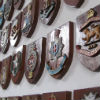 |
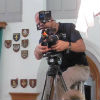 |
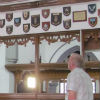 |
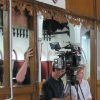 |
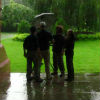 |
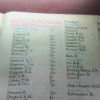 |
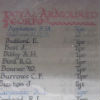 |
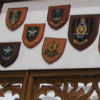 |